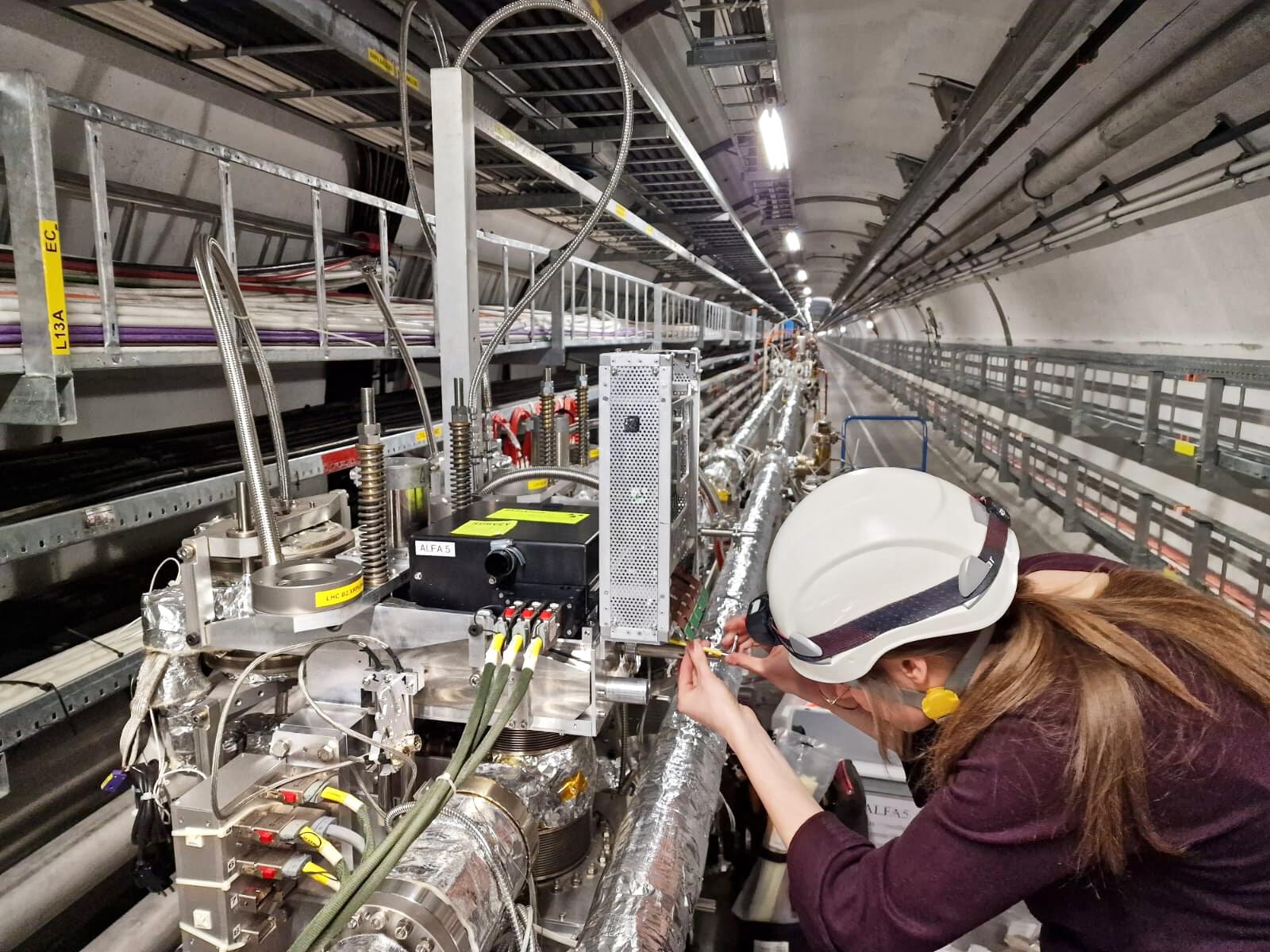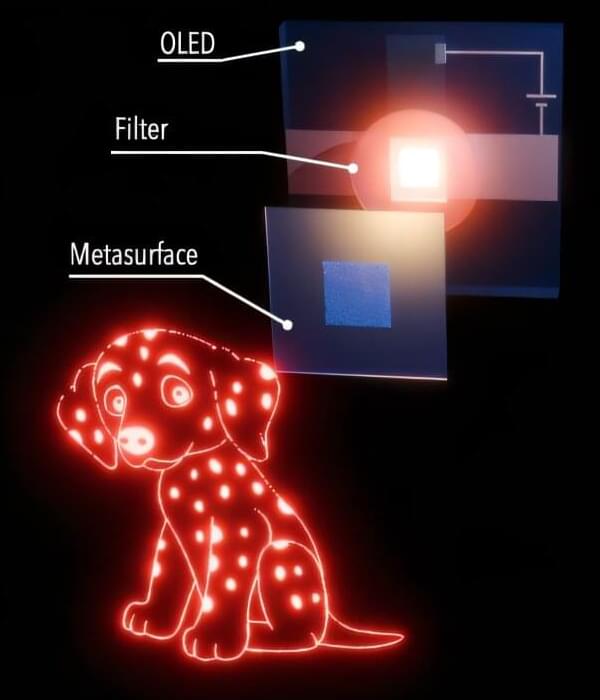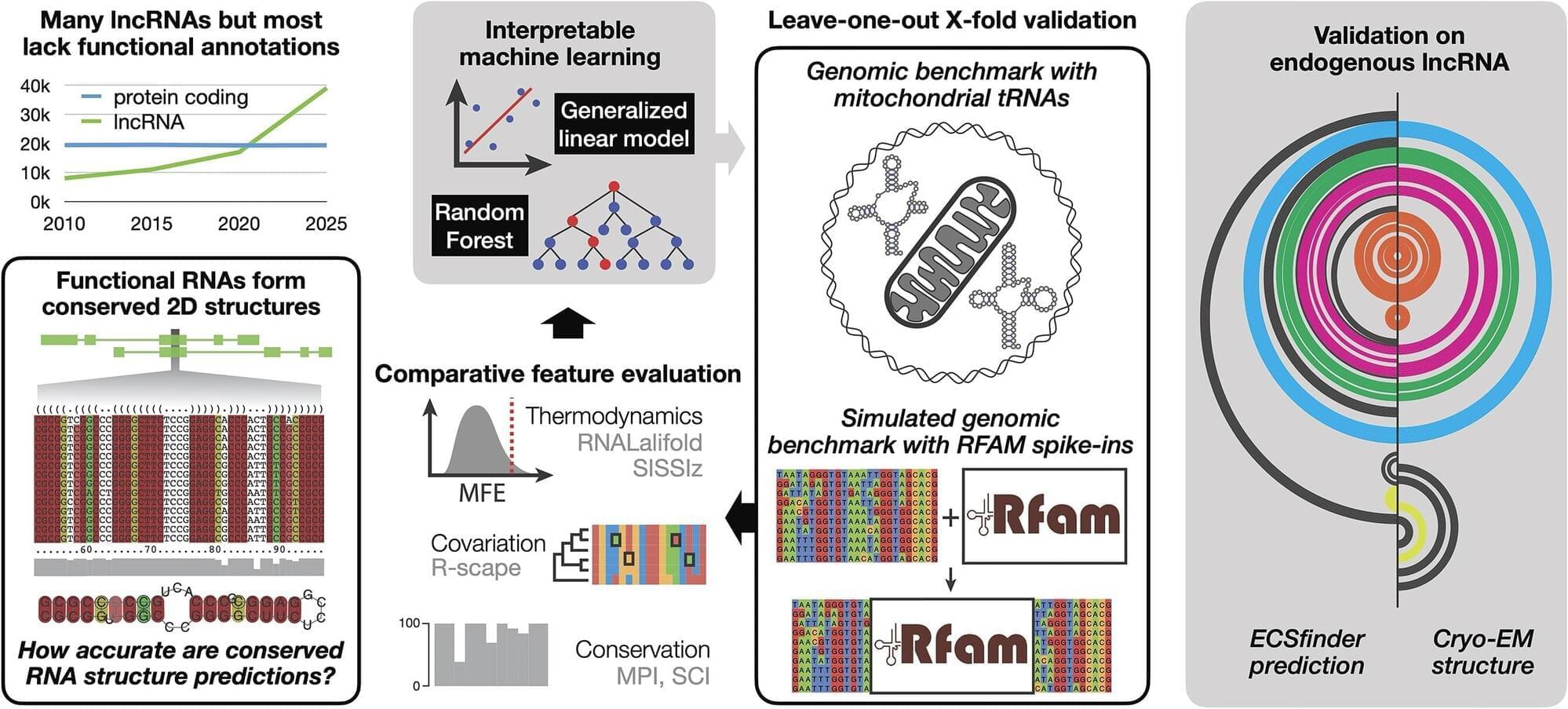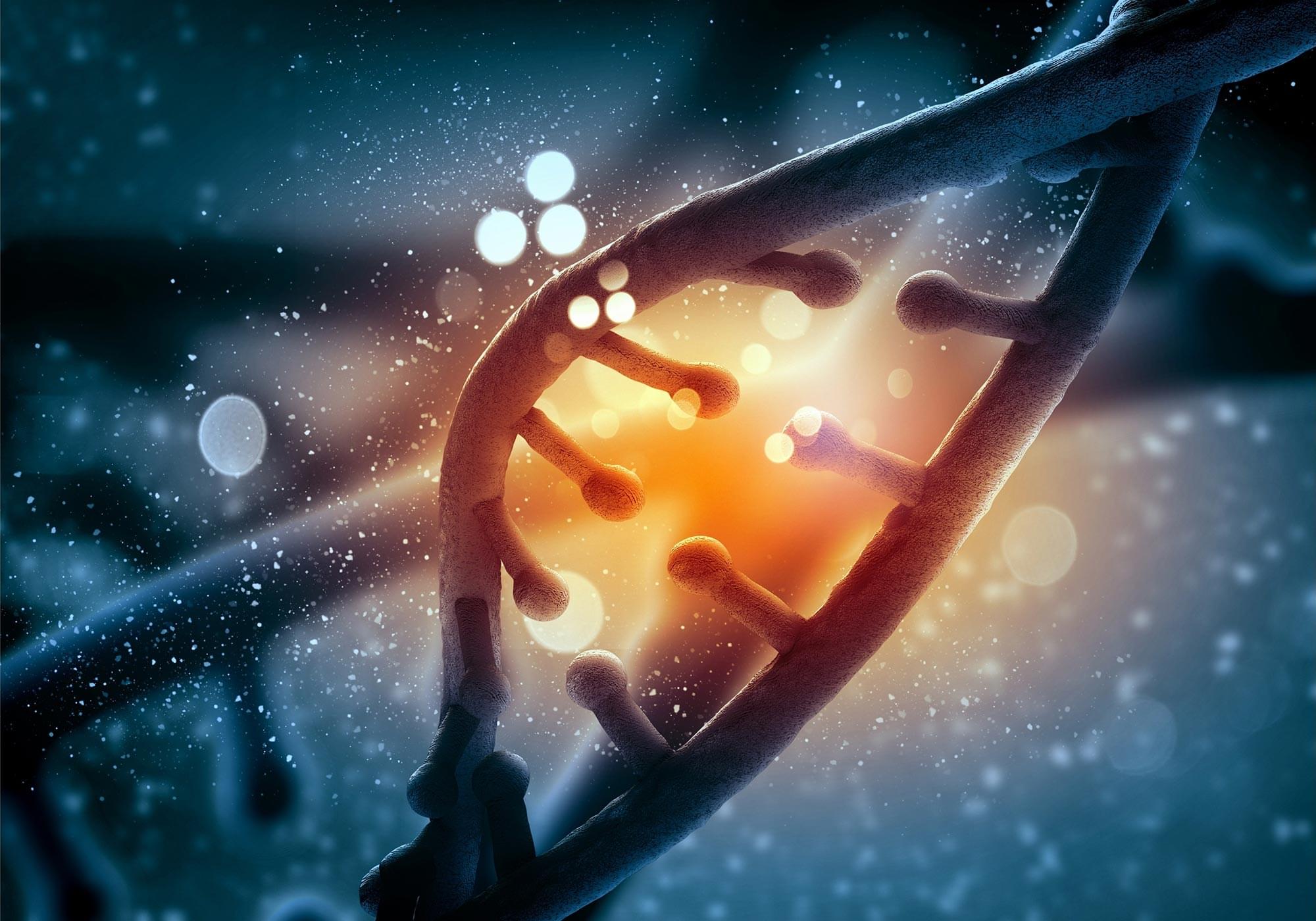Might two bent crystals pave the way to finding new physics? The Standard Model of particle physics describes our world at its smallest scales exceptionally well. However, it leaves some important questions unanswered, such as the imbalance between matter and antimatter, the existence of dark matter and other mysteries.
One method to find “new physics” beyond the Standard Model is to measure the properties of different particles as precisely as possible and then compare measurement with theory. If the two don’t agree, it might hint at new physics and let us slowly piece together a fuller picture of our universe—like pieces of a jigsaw puzzle.
An example of particles that physicists wish to study more closely are “charm baryons” such as the “Lambda-c-plus” (Λc+) which is a heavier “cousin” of the proton, consisting of three quarks: one up, one down and one charm. These particles decay after less than a trillionth of a second (10-13 s), which makes any measurement of their properties a race against time. Some of their properties have not yet been measured to high precision, leaving room for new physics to hide.









